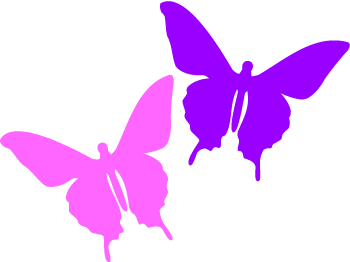Butterfly populations are a very good indicator of the health of an area's ecosystem !!
Also known as the Great Blue Mormon.
Blue Mormons are most common in areas of heavy rainfall, such as evergreen forests. They are also common in deciduous forests and wooded urban areas, primarily due to the cultivation of their host plants. (Citrus species.)
They frequent forest paths and streams.
Male are fond of sun and avoid shady areas. They frequent flowers. especially of Mussaenda frondosa, Ixora coccinea, Jasminum species and Asystasia gangetica.
Blue Mormons have been recorded as pollinators of cardamom (Elettaria cardamomum).
They are known to mud puddle.
Blue Mormons moves fast due to their powerful wing beat, although they do not beat them rapidly. They like to feed on the flowers of Clerodendrum species.
Males engage in mud puddling, but rarely settle in one place for more than a few seconds. They beat their wings while puddling, and move here and there in the wet patch.
They have been seen roosting on opened up foliage, with its wings spread out.
They are a migrant species.
In appearance, the sexes are similar, with the female being somewhat duller in coloration. and having a hindwing that is distinctly large and rounded.
The dorsal surface of its forewing has a band of blue scales, while the hindwing is almost blue except for the basal parts and distal rows of black patches.
The veins of the hindwing are clearly marked in black. The pattern of the ventral side is replaced by grey scales in a reduced area.
The basal parts of both wings have red patches between the veins.
* In June 2015, the Blue Mormon was declared the 'State Butterfly' of the state of Maharashtra which subsequently became the first state in India to have a 'State Butterfly'.
They prefer forest habitats including lush home gardens. They are spread out commonly throughout their range, but are not numerous.
Overall, they are common and not thought to be threatened.
They occur throughout the year but are more common in the monsoon and immediately after it.
** They are the fourth largest butterfly of India

Diet: caterpillars eat several Rutaceae species including Citrus grandis, Atalantia ceylanica, Citrus reticulata.
Wingspan: 12 – 15 cm / 4.72 – 5.9 “.
Family: Papilionidae

The single biggest threat to butterfly survival is habitat destruction!!



